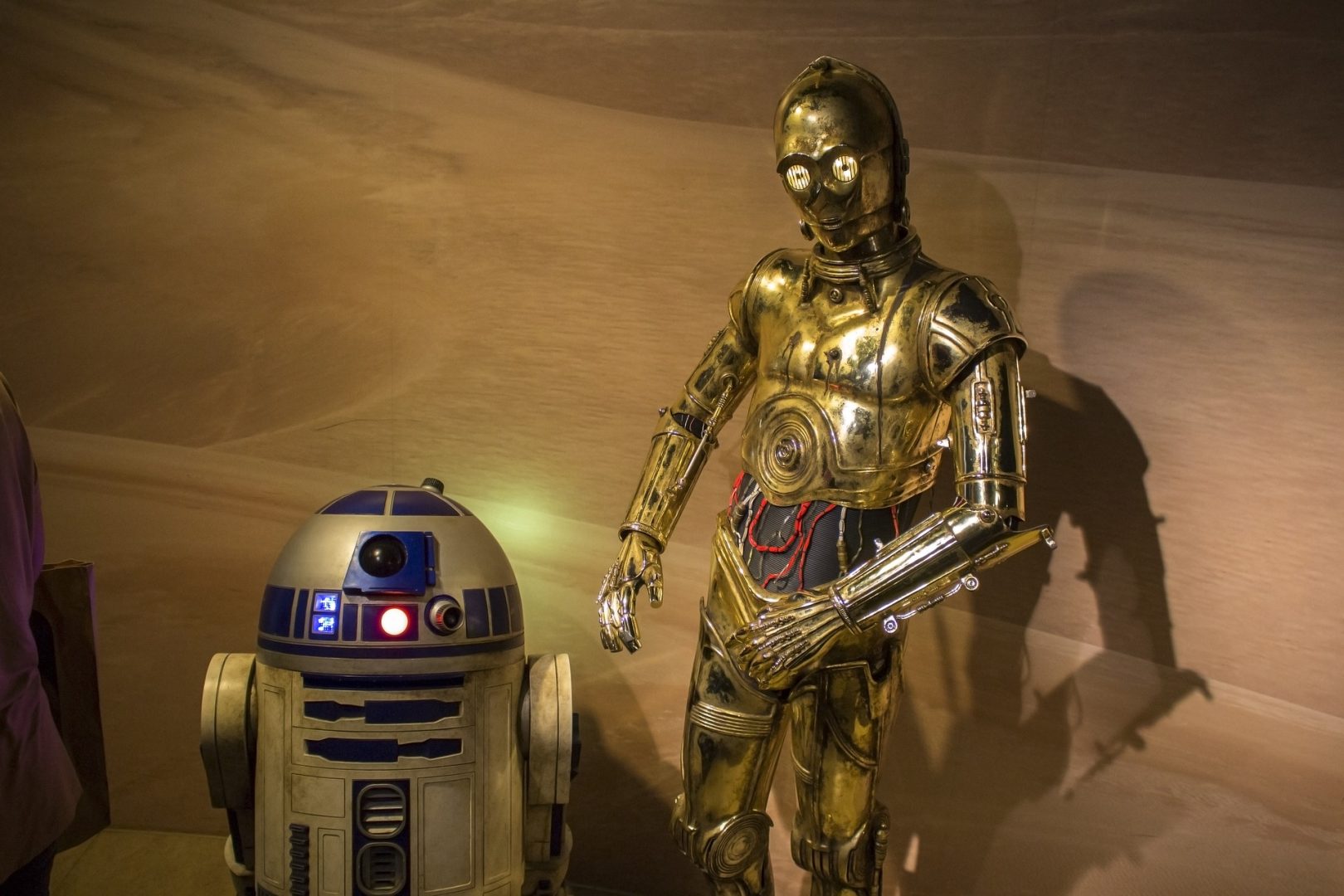A few decades back the word “robot” brought to mind the image of ‘Rosie’ the robot from ‘The Jetsons’ or ‘BB-8’ and ‘R2D2,’ the much-loved ‘Star Wars’ robots. Today however, robots and robotics are playing a much more significant role in many different applications from helping us with tedious house chores to being used to change the world.
The actual robots being used today do not resemble the android image developed in Hollywood studios. Robots come in all different shapes and sizes equipped with onboard computers, lasers, sensors, cameras, displays and AI technology that allow humans to accomplish incredible feats. From exploring the hostile environments of space to the self-driving cars that make high-level decisions like making turns and depth perception, almost anything is possible with robotics.
Presently, we are at a transitional point in time in the field of robotics. Artificial intelligence and new advancements are revolutionising automation and reshaping industrial processes, medicine, business, and many other areas.
Here are some ways robots are changing the world:
Applied Robotics in Healthcare and Medicine
Applied robotics has made way for major revolutionary developments in healthcare and medicine. Easier diagnostics, less invasive surgery, lower infection rates, shorter waiting and improved survival rates are just some of the way that robotics has improved healthcare. It is expected that robots will be playing a significant role in hospitals assisting doctors or even performing surgery. Today, robots like the Da Vinci system, which has been in use for two decades, assist surgeons and allow them to operate with a few tiny incisions and high precision. Recently developed autonomous disinfecting robots have been helping hospitals stay clean and infection free. The robots bombard high-powered UV rays into rooms recently vacated by patients, killing microorganisms and limiting infection from spreading. Disability robots such as the robotic exoskeleton allow people with disabilities or people suffering from paralysis to eat, drink or walk again, massively improving their quality of life.
Domestic Robots
From the robot vacuum to a robot owl that reads to your children, domestic or home robots are the realisation of our movie and cartoon depictions of robots. The technology is still very much being developed, but significant strides are being made in the field. The latest version of the iRobot Roomba, which is a vacuum cleaner, outshines its predecessor due to its smart technology that allows users to control it via Wi-Fi or voice-activated home assistants. Another robot designed to save us from the tedium of household cleaning, Alfawise Magnetic, is a useful window-cleaning robot equipped with suction cups, microfibre cleaning pads, and a vacuum. Soon, the days of tedious household chores will be behind us.
Robots in Industrial Application
Applied robotics is more popular and common in industrial applications due to the dexterity, speed and accuracy a robot can offer. From precision welding, cutting, grinding, painting, polishing and more in the automotive industry, to picking, packing, inspecting and palletising, robots have genuinely revolutionised the industrial workplace.
Military Robots
Many Military robots that are being used today are either autonomous or remote-controlled mobile and designed specifically for military applications. Military robots are used to accomplish dangerous, life threatening jobs that previously done by our courageous soldiers, from cleaning out minefields, to search & rescue and attack. The most commonly used military robots are small, robust flat robots used for video and audio surveillance and chemical detection. There are also larger armoured combat robots designed for heavy-duty tasks such as clearing out and transporting explosives or obstacles. Furthermore, flying military robots or “drones” are used for surveillance.
This is only a mere glimpse of how robots are changing the world. Applied robotics is actively being used to thousands of different ways to help improve our lives and revolutionise the way to do things.


